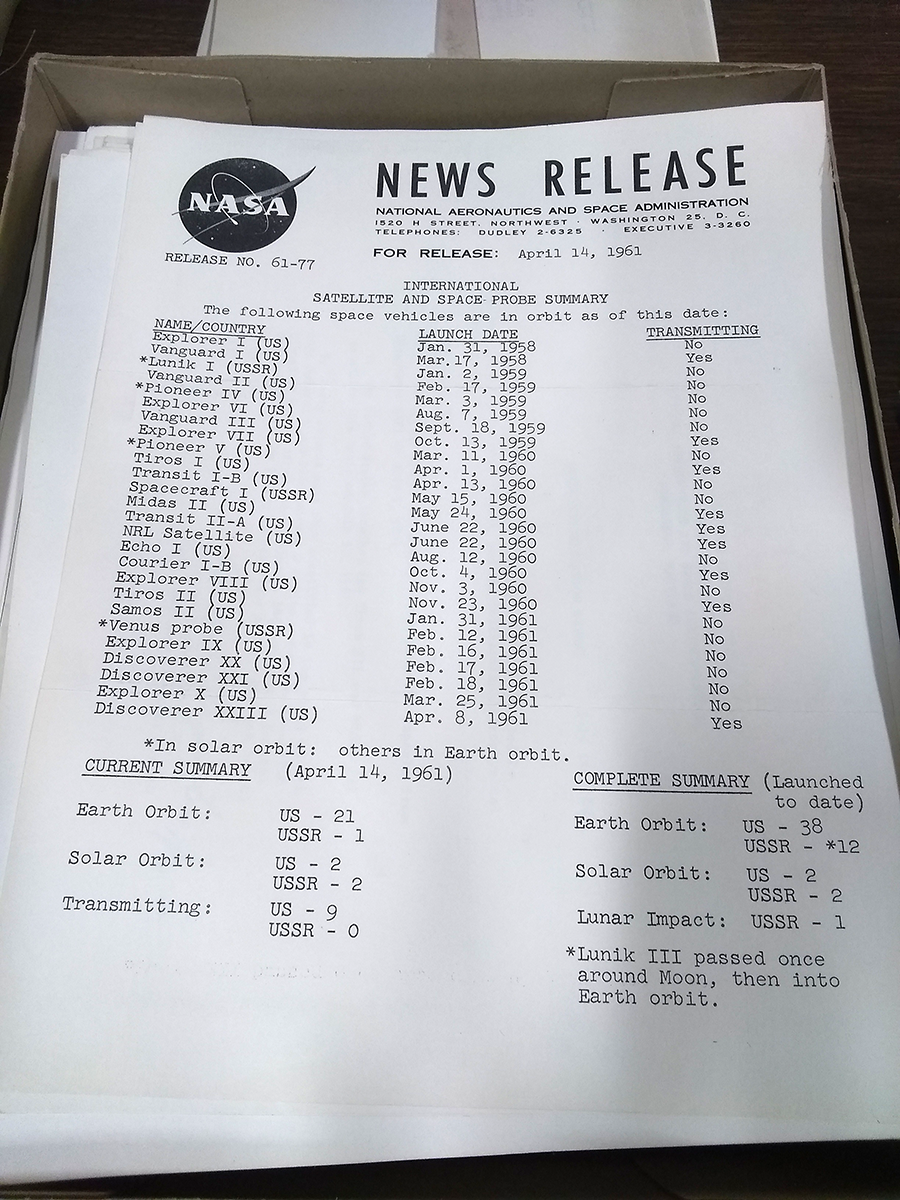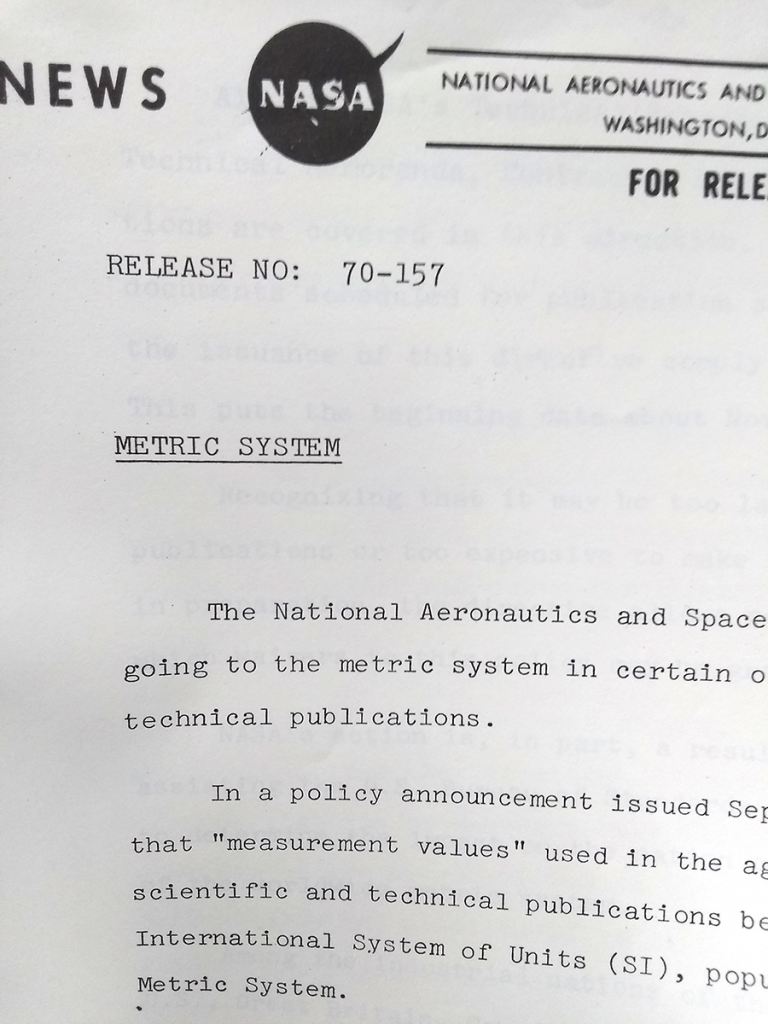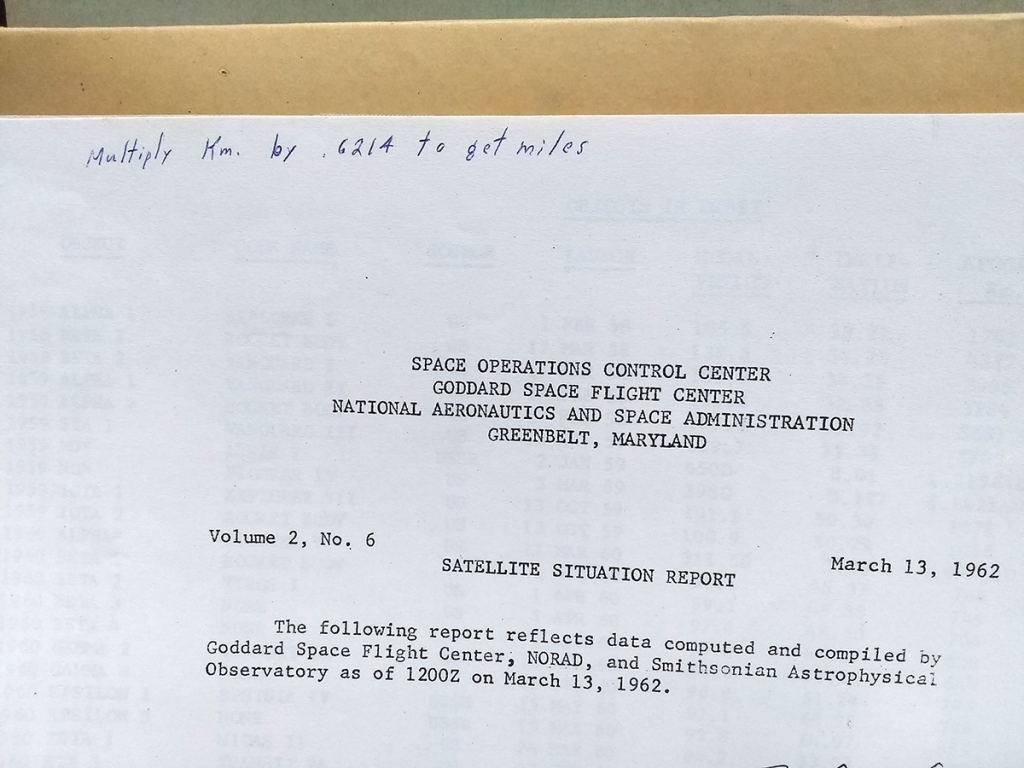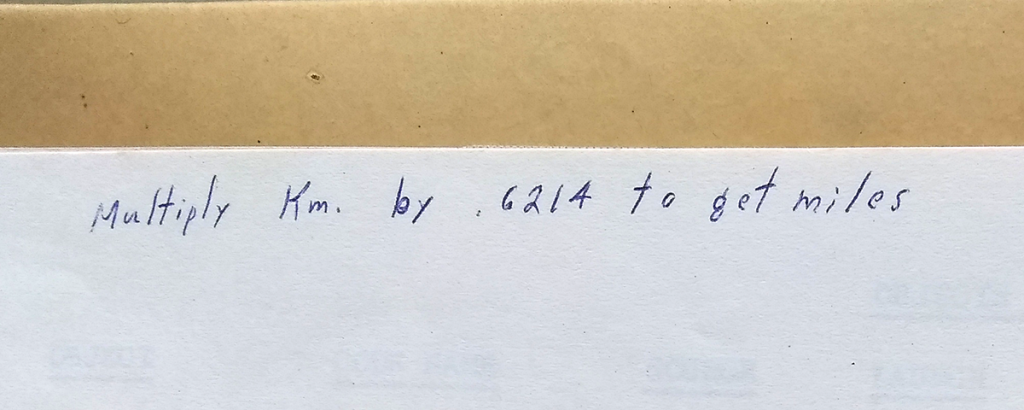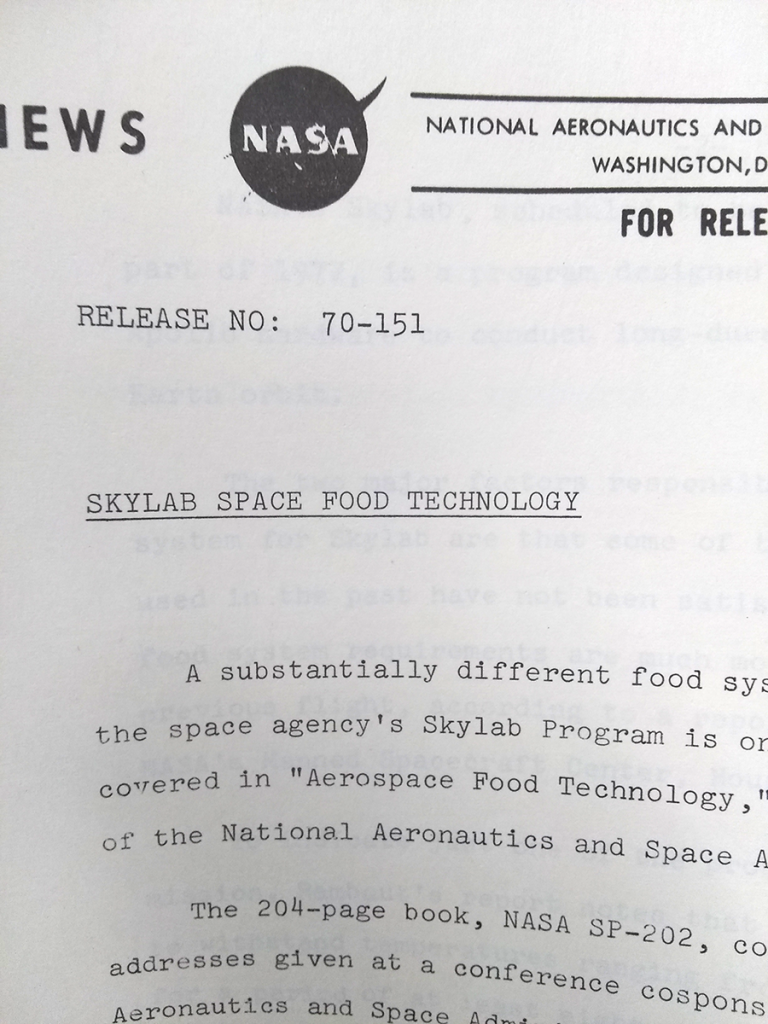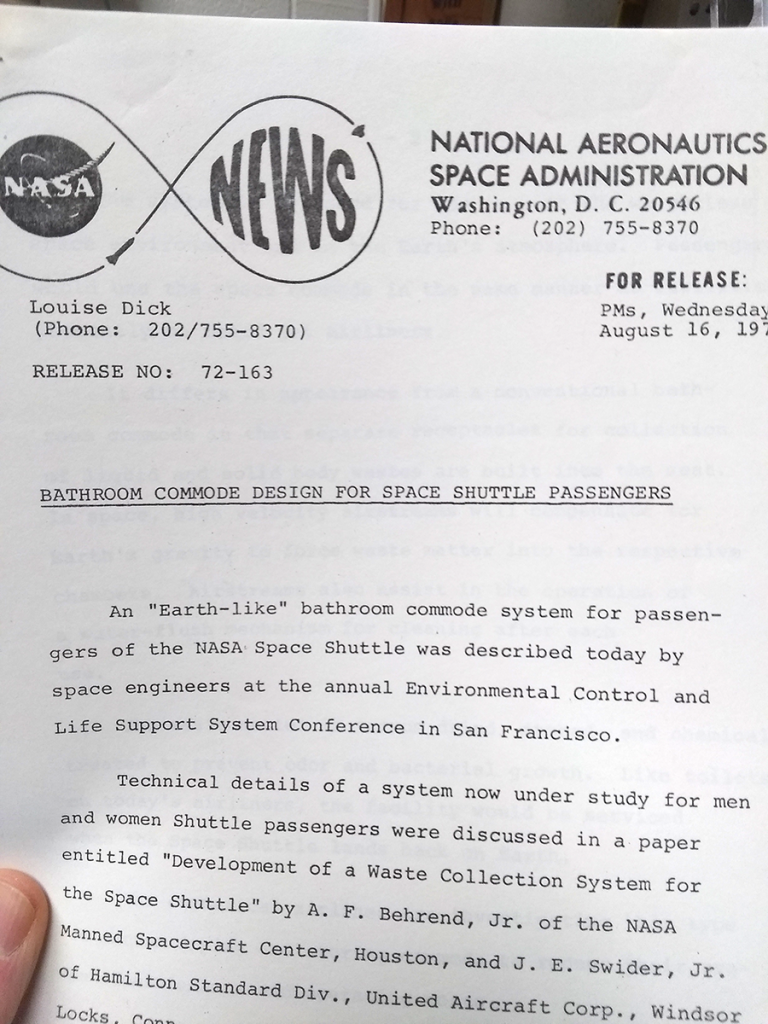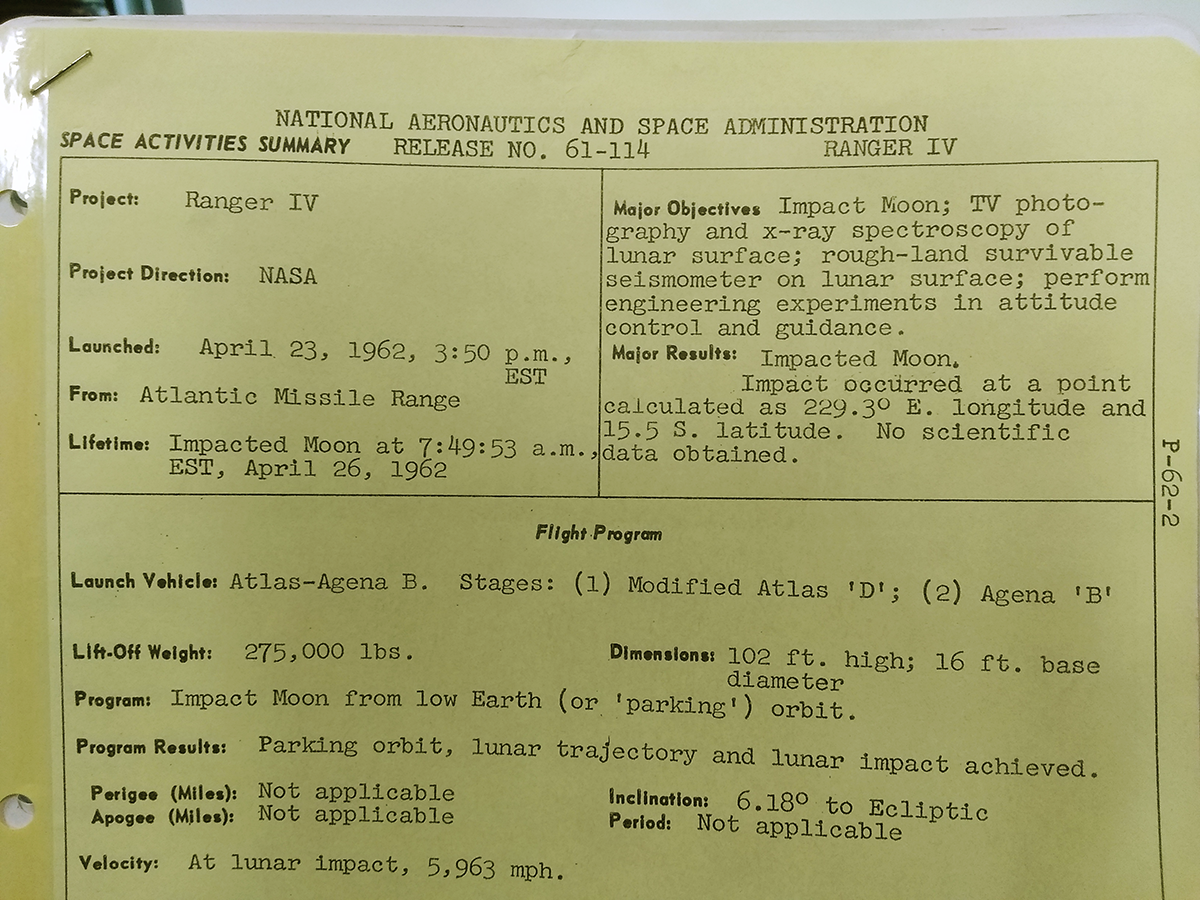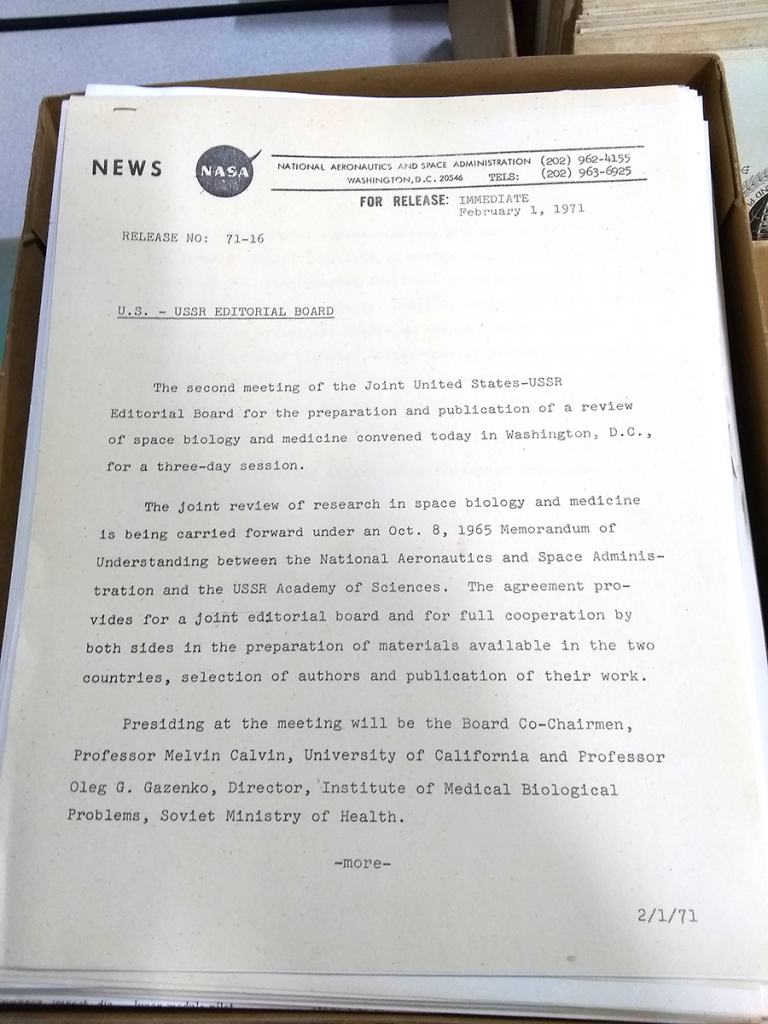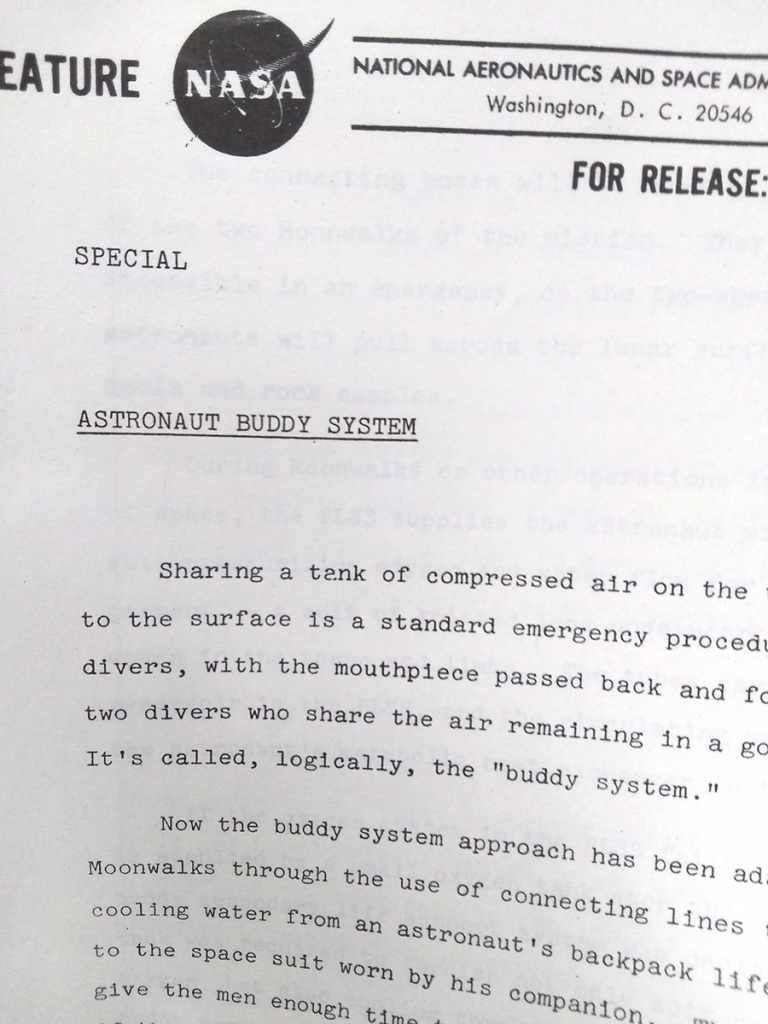
We’re not arguing here: contingency plans in a potentially dangerous situation are essential. One can reasonably assume that any and all tasks undertaken by astronauts while naut-ing in the astro are, if not inherently dangerous, at least dangerous-adjacent. And, as that time Tom Hanks almost died in space taught us, you can’t call 911 from space and expect them to do anything about it.
In case you were curious: the first 911 call was in Haleyville, Alabama in February, 1968. The Apollo 13 mission went sideways in April, 1970. Presumably any connection between the two would have to have been routed through CAPCOM anyway.
